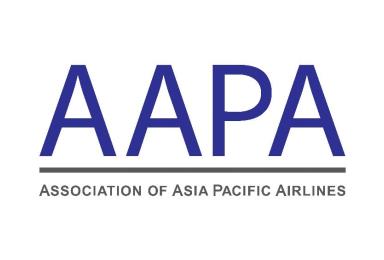KUALA LUMPUR, 7 January 2021: Preliminary November 2020 traffic figures released Wednesday by the Association of Asia Pacific Airlines (AAPA) highlighted the lack of progress in the revival of international travel.
Demand continues to be held back by ongoing border restrictions amid a resurgence in COVID-19 infections in various countries.

Meanwhile, air cargo markets were a silver lining for the region’s carriers, supported by the recovery in global manufacturing activity.
Only 1.4 million international passengers travelled on Asia Pacific airlines in November, a mere 4.6% of the 30.8 million recorded in the same month of 2019.
Offered seat capacity was comparatively higher at 12.5% of levels in the previous corresponding period. In a reflection of the challenging operating conditions, the region’s carriers recorded an average international passenger load factor of just 30% for the month, far below the 80% achieved in November 2019.
International trade flows continued to rebound in November, buoyed by an acceleration in new export orders. As a result, cargo volumes carried by the region’s airlines increased for the third consecutive month, although demand, as measured in freight tonne-kilometres (FTK), was still down 11.3% year-on-year. Airlines increased capacity by deploying converted passenger aircraft and maximising dedicated freighter utilisation, helping to ease capacity shortages as reflected in the 6.7 percentage points increase in the international freight load factor to average 69.5% for the month.
Commenting on the results, AAPA director general, Subhas Menon said: “While the recovery in global economic activity has broadened across sectors, international travel remains crippled by border closures affecting 60% of Asia Pacific destinations. The recent escalation in COVID-19 cases and the emergence of variant strains, have resulted in the re-imposition of stricter travel restrictions by several States.”
Menon added: “The near-term outlook for the airline industry remains extremely challenging. Governments need to move ahead with plans to implement harmonised testing protocols as a part of a multi-layered and risk-based approach towards safely restoring air travel, at the same time as vaccinations are rolled out across the world.”






